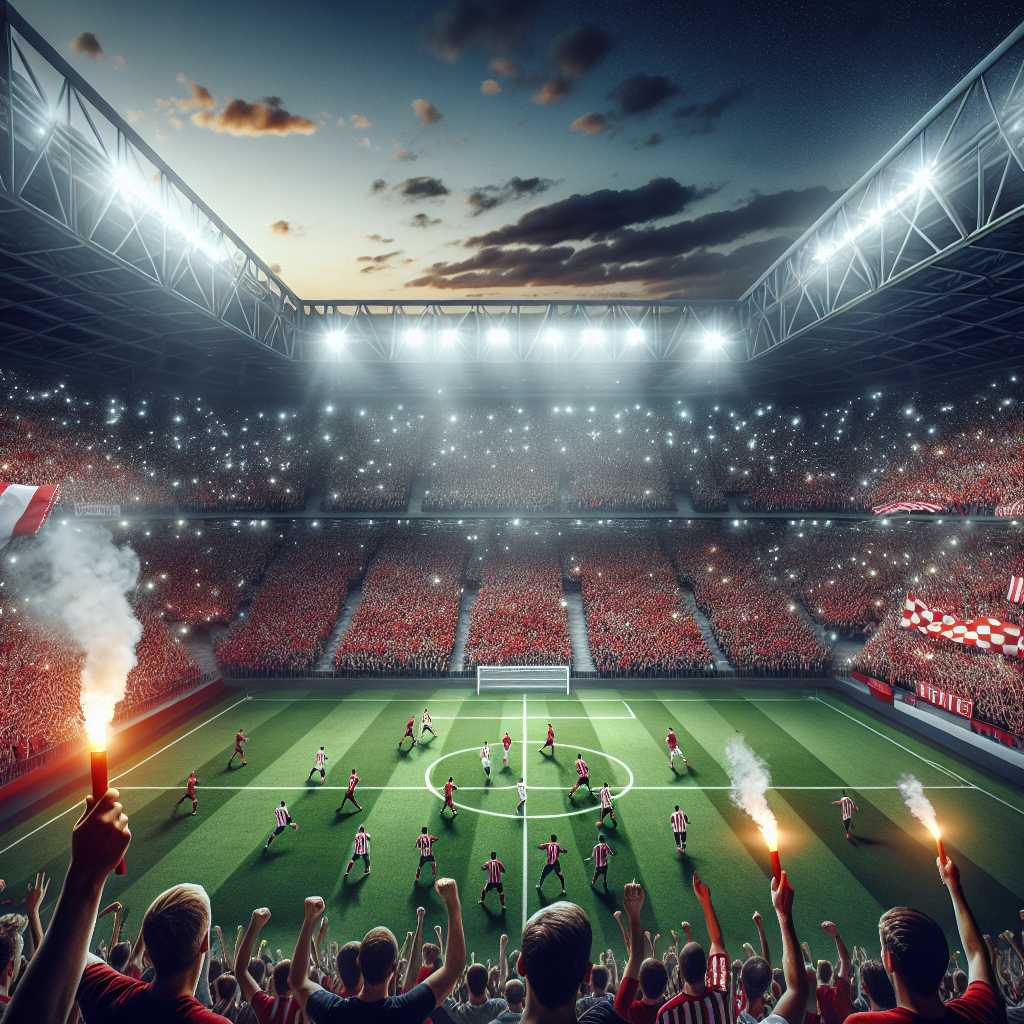The Fierce Rivalry: Real Madrid vs Atlético Madrid in Spanish Football
Real Madrid and Atlético Madrid represent a storied and intense rivalry in Spanish football, known as El Derbi Madrileño. These two clubs from Madrid have long histories of competition and have become internationally recognized symbols of Spanish football prowess. This article delves into the aspects that make their encounters among the most anticipated matches in the La Liga calendar, exploring historical context, memorable clashes, cultural significance, and the ongoing evolution of this football derby.
Historical Context and Evolution of El Derbi Madrileño
Founded at the beginning of the 20th century, Real Madrid (originally Madrid Football Club) and Atlético Madrid (initially Athletic Club Sucursal de Madrid) soon became two of the most prominent clubs in the Spanish capital. Over the years, the rivalry has been fueled not just by geographical proximity but by social and political connotations that have added depth to its narrative.
Affectionately known as “Los Blancos,” Real Madrid has traditionally been associated with the Spanish establishment, enjoying considerable success both domestically and on the European stage. Atlético, known as “Los Rojiblancos,” is often characterized by a more working-class identity, providing an underdog counterpoint to Real’s historical dominance.
As football has evolved, so too has this rivalry. While it began as a simple contest for city bragging rights, modern iterations of El Derbi Madrileño have seen both clubs contesting for high stakes in league positions, cup finals, and even Champions League titles.
Memorable Matches and Moments
Several matches throughout history stand out in El Derbi Madrileño’s storied past, with both teams having had their share of triumphs and heartbreaks. Memorable moments include Atlético’s famous 1972-73 win where they clinched a victory in the league at the Santiago Bernabéu Stadium—Real’s home ground.
In recent times, the clash has taken on a broader dimension with two Champions League final meetings in 2014 and 2016, both won by Real Madrid but remembered for their sheer drama and intensity. These matches have forever inscribed themselves into the folklore of European football.
Cultural Significance in Madrid and Beyond
The rivalry goes beyond sports, reflecting class differences, identity politics, and even contrasting footballing philosophies within the broader culture of Madrid. As residents align themselves with one club or another, El Derbi Madrileño becomes not just a match but a communal event ingrained in the city’s social fabric.
It’s not uncommon to see families divided in their loyalties during derby day, with pins, banners, and scarves coloring neighbourhoods in white or red. The anticipation for each meetup catalyzes conversations and event planning across generations of fans who understand that El Derbi transcends mere football.
Impact on La Liga and Global Appeal
The derby has a significant impact on the standings within La Liga — Spain’s top professional football division — where every point can be crucial to end-of-season outcomes. More than national significance, though, El Derbi Madrileño commands global viewership due to the high profiles of both clubs in international competitions such as the UEFA Champions League.
Additionally, its sprawling audience is attributable to star talent that has donned both clubs’ kits over the years. Household names in football like Cristiano Ronaldo for Real Madrid and Fernando Torres for Atlético have amplified worldwide interest in their clashes.
